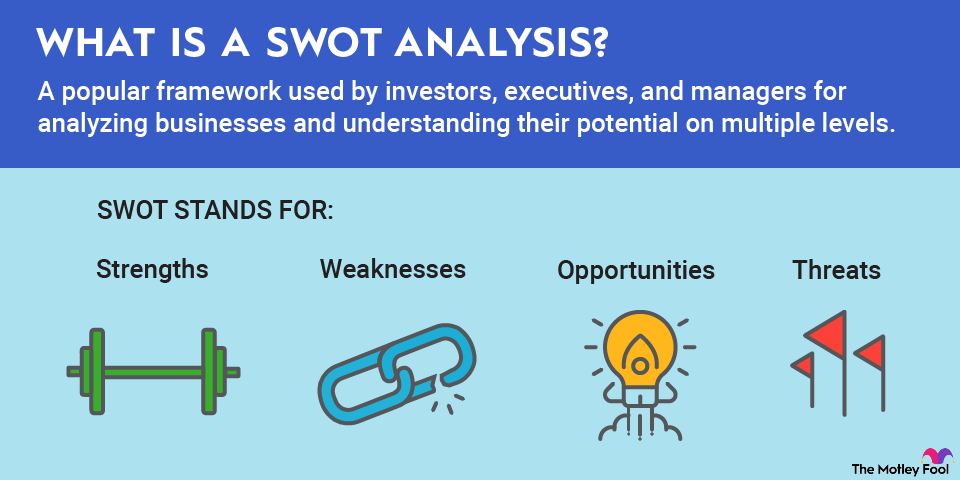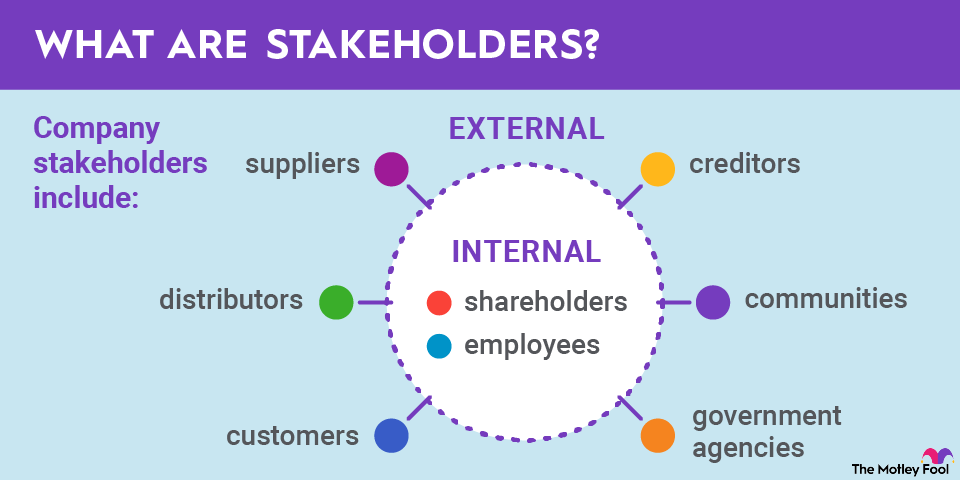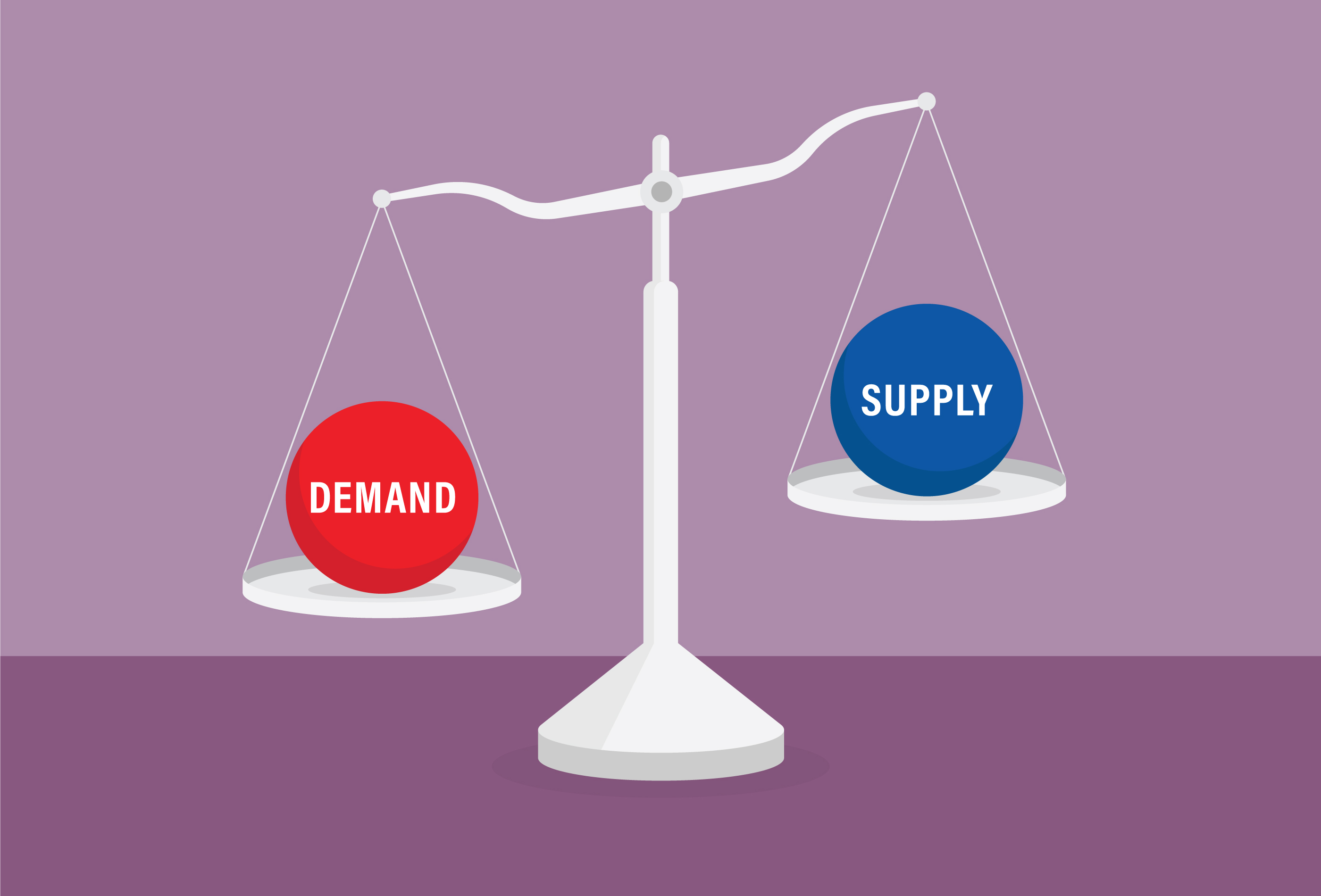Subsidized student loans help millions of college and university students in the United States pay for their education. However, subsidized loans are only one of the two main types of federal student loans, so here’s what students should know before they apply for financial aid.

What is a subsidized student loan?
A subsidized student loan -- formally known as a Direct Subsidized Loan -- is a type of federal student loan that is designed to help borrowers with demonstrated financial need pay for college.
Subsidized student loans and unsubsidized loans are the two main types of federal direct loans used by current college and university students. There are quite a few similarities between them:
- Both types of loans are made by the U.S. Department of Education.
- Both types don’t require a credit check.
- Both types require no monthly payments while the borrower is enrolled in school on at least a half-time basis and for a six-month grace period afterward.
- Both are eligible to enroll in income-driven repayment plans, which limit the required monthly payment to a certain percentage of the borrower’s discretionary income.
- Both are eligible for certain federal student loan forgiveness programs, including Public Service Loan Forgiveness (PSLF).
The biggest difference between the two is that subsidized student loans don’t accumulate interest while the borrower is in school, on a grace period, or when the loans are in deferment. The government pays the interest during these periods.
Why are subsidized student loans important?
Subsidized student loans are important because they make it easier for borrowers with financial need to not only obtain financing for school but to ultimately repay it.
Think of it this way: If you borrow $5,000 in unsubsidized student loans at the current undergraduate federal student loan interest rate (5.5%), your balance will grow at a rate of $275 per year until your repayment period starts. By the time you actually start to repay the debt after leaving school or graduating, you could owe hundreds or even thousands more than you borrowed in the first place.
On the other hand, with subsidized student loans, if you borrow $5,000, that’s exactly what you’ll owe when your repayment period starts. In short, subsidized student loans help keep your debts at the same level while you’re in school.
It’s also worth noting that if you eventually request a student loan deferment (for example, if you become unemployed and can’t make payments), the government will cover the interest on subsidized loans during these times, as well. With unsubsidized loans, interest continues to accrue during deferments.
How to qualify for a subsidized student loan
To qualify for subsidized (or unsubsidized) loans, you need to be enrolled at least half-time in a degree or certificate program at a qualifying college or university. You also need to fill out the Free Application for Federal Student Aid (FAFSA), which provides the information your school needs to determine if you’re eligible for loans. You also must be an undergraduate student. Graduate students were eligible for subsidized loans until July 2012.
Additionally, subsidized student loans are need-based, which means that the borrower must have a financial need to qualify.
Unfortunately, there’s no single definition of financial need. For purposes of subsidized student loans, the determination of what types of loans you qualify for is made by your school. The idea is that the cost of attending some schools is less than others, so the thresholds of financial need differ from school to school.
Related investing topics
How do subsidized student loans work?
As a simplified example, if a student obtains a $3,500 subsidized student loan during their freshman year, the balance will still be $3,500 when they eventually enter the repayment period. No interest will be capitalized at the end of their in-school deferment and grace period.
On the other hand, with an unsubsidized student loan, interest accumulates while the borrower is in school. Although no payments are required while still enrolled in school, the accumulated interest will be added to the balance once repayment starts. At the current student loan interest rates, an undergraduate student who uses unsubsidized loans during their freshman year can expect their outstanding balance to be more than 20% higher than the amount borrowed by the time they graduate.



















